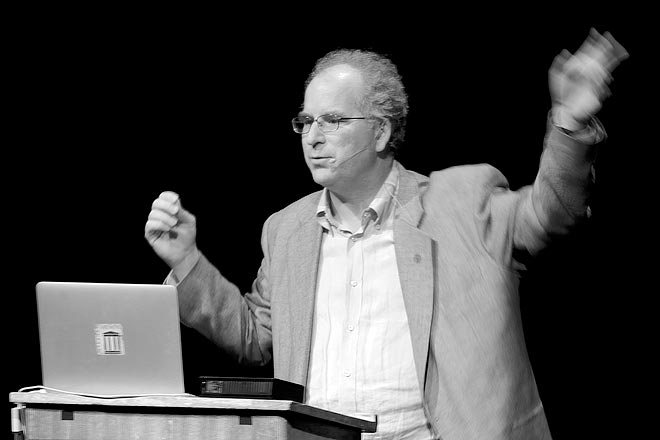The animal kingdom, arranged according to its organization, serving as a foundation for the natural history of animals : and an introduction to comparative anatomy (1834)
Once upon a time, a time before learned scientists talked about string theory and living in eleven dimensions, there was an age in which we knew about our world with certainty. And in the case of this book, we could list and illustrate those things, even though the oldest photograph in the world wasn’t even a decade old. The book promises “with pictures designed after nature,” and delivers.
http://www.archive.org/details/animalkingdomarr03cuvi
— recommended by Stefano Olieri
The Conet Project—Recordings of Shortwave Numbers Stations
If you thought advances in telecommunication, encrypted email, and other new technologies obviated the need for short wave radio, then it’s time to think again. Here are a few lines from the introduction to this remarkable collection.
For more than 30 years, the shortwave radio spectrum has been used by the world’s intelligence agencies to transmit secret messages. These messages are transmitted by hundreds of Numbers Stations. Why has the phenomenon of Numbers Stations gone almost totally unreported? What are the agencies behind the Numbers Stations, and why are the eastern European stations still on the air? Why does the Czech republic operate a Numbers Station 24 hours a day? How is it that Numbers Stations are allowed to interfere with essential radio services like air traffic control and shipping without having to answer to anybody? Why does the Swedish Rhapsody Numbers Station use a small girl’s voice?
http://www.archive.org/details/ird059
— recommended by Sarah Dillman
Mission Mind Control (July 10, 1979)
“This is the story of a thirty-year search by U.S. intelligence agencies to perfect mind control.” That’s how this 1970 ABC News documentary begins, after an unmistakably seventies musical introduction.
The film, part of the Archive’s FedFlix collecyion, hasn’t aged well, which is part of its appeal. With no pun intended, what a trip!
http://www.archive.org/details/FedFlix
— recommended by Alexis Rossi
What are your Archive favorites? Please suggest a link or two and a few words about why you appreciate your recommendation to:
bestof [at] archive.org
—David Glenn Rinehart


 In the last year, the number of people using the Internet Archive has increased to two million people every day, and our collections of free books, music, video, and web pages have also grown by twenty to twenty-five percent. This is great news, but we are doing it all on a shoestring budget.
In the last year, the number of people using the Internet Archive has increased to two million people every day, and our collections of free books, music, video, and web pages have also grown by twenty to twenty-five percent. This is great news, but we are doing it all on a shoestring budget.